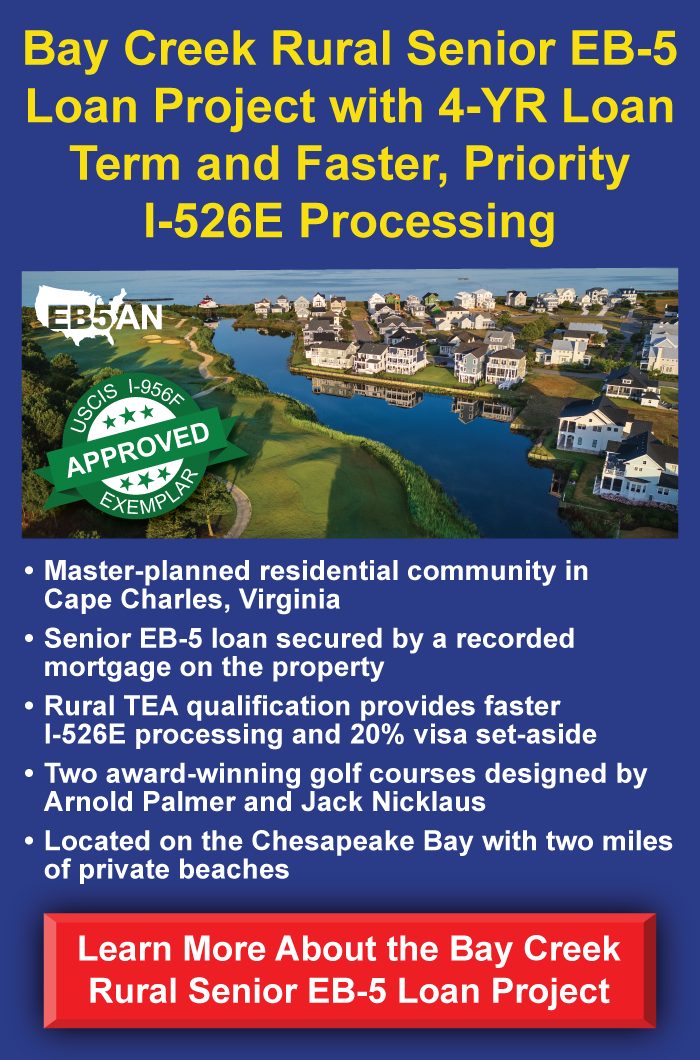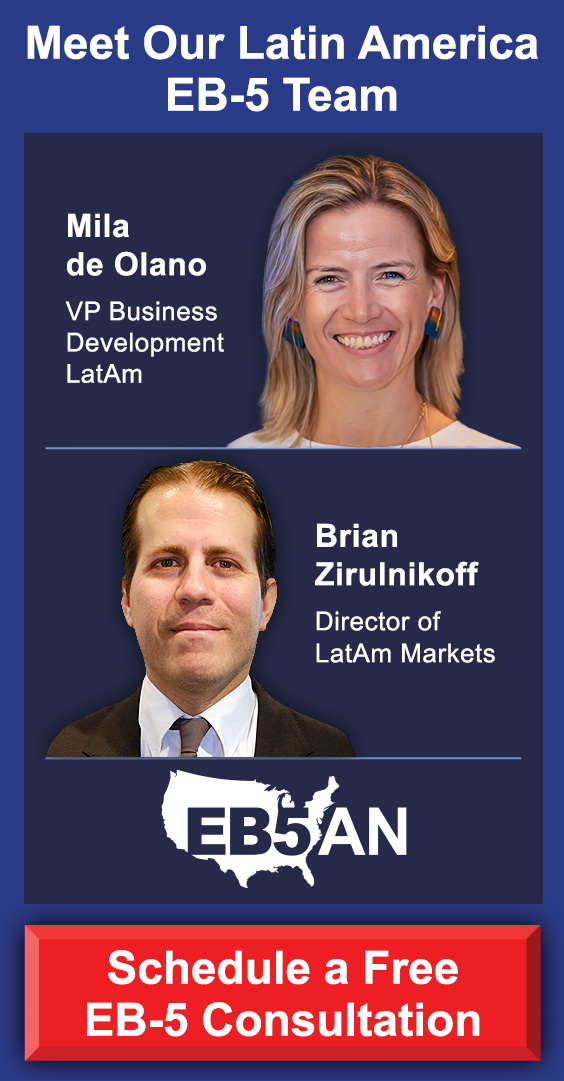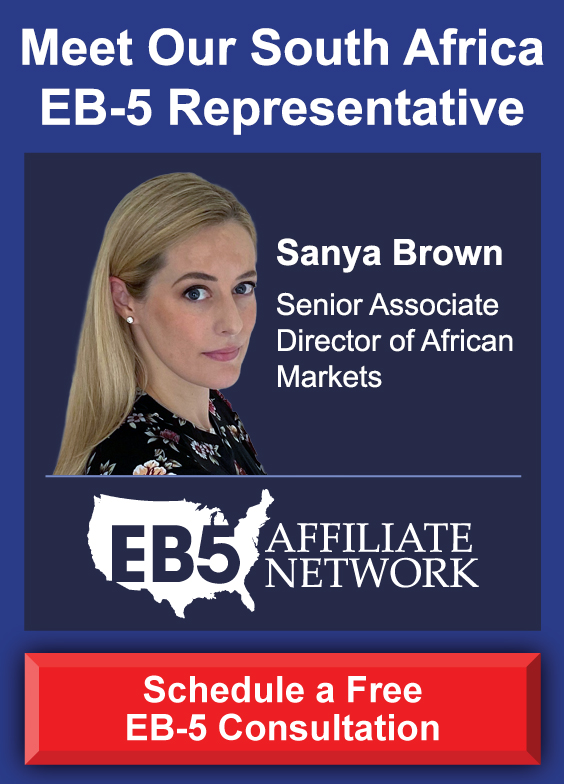In a major victory for immigrant investors, the American Immigrant Investor Alliance (AIIA), EB-5 investor Samantha Moody, and IT Service Alliance have prevailed in a lawsuit challenging the steep filing-fee increases imposed by the Department of Homeland Security (DHS) and U.S. Citizenship and Immigration Services (USCIS).
On November 12, a federal judge halted the enforcement of the controversial fee hikes, ruling that the increases violated clear legal requirements and cannot move forward unless DHS publishes a new, legally compliant fee rule. In this article, we will take a closer look at this decision, which marks a pivotal moment for EB-5 stakeholders.
Inside the Moody v. Mayorkas Case
The Missing Fee Study
What Comes Next for EB-5 Investors?
Making Use of This Ruling
Inside the Moody v. Mayorkas Case
The lawsuit, Moody et al. v. Mayorkas et al., was filed in March 2024 and assigned to Judge Charlotte N. Sweeney of the U.S. District Court for the District of Colorado.
Judge Sweeney ultimately found that the fee rule implemented on April 1, 2024, was inconsistent with both the Administrative Procedure Act (APA) and the EB-5 Reform and Integrity Act of 2022 (RIA). She declared that USCIS “acted contrary to the Act,” making its fee increases contrary to law.
While the ruling did not scrap the entire fee overhaul, the court granted a targeted remedy: a Section 705 stay that blocks only the EB-5-related increases that were set without the statutory fee study. This narrower approach allows the rest of the agency’s fee adjustments, such as the asylum and H-1B components, to remain intact.
The Missing Fee Study
At the heart of the legal challenge was USCIS’s failure to complete a fee study mandated by Congress. Under the RIA, USCIS was required to conduct a thorough cost analysis before adjusting EB-5 program fees. Despite this, the agency rolled out fee increases on April 1, 2024, after the RIA was enacted and before completing the required study. These increases were substantial. The Form I-526E filing fee rose by 204%, reaching $11,160.
In her ruling, Judge Sweeney rejected USCIS’s argument that it could raise fees while the study was still underway. She clarified that Congress’s instruction to “hold off” while the study was being completed did not give the agency free rein to adjust fees prematurely. USCIS eventually completed the overdue study in February 2025, nearly a year after imposing the fee increases.
What Comes Next for EB-5 Investors?
After the ruling invalidating the fee increases, USCIS’s public website started listing the earlier lower fees. The fee for filing Form I-526E will now be reinstated at $3,675. Similarly, the fee for Form I-829 (to remove conditions on permanent residency) will now be reset to $3,750.
Form I-956F filing fees have also been returned to $17,795, down from $47,695, which is welcome news for regional centers.
However, it’s important to note that any return to the old fee schedule will be temporary. In October, DHS released a proposed fee adjustment based on the newly completed study. The proposed amounts would lower the fees from the April 2024 highs but remain above the pre-2024 levels. This proposal is currently open for public comment until December 22, 2025. If the review process stays on schedule, a finalized rule is expected in early 2026.
One unresolved question is whether investors who already paid the higher fees will receive refunds. Judge Sweeney’s decision acknowledged that the increases were unlawful but did not require automatic repayment. According to industry insiders, recovering overpayments may require additional litigation, an administrative claims process, or future guidance from USCIS.
Making Use of This Ruling
The ruling in Moody v. Mayorkas serves as a reminder that federal agencies must follow statutory requirements, especially when financial burdens on investors and businesses are at stake. The decision not only offers immediate relief to EB-5 participants but also reinforces Congress’s intent to ensure that fee structures in the reformed EB-5 program are grounded in data and transparency.
Because the proposed EB-5 fee rule is still in the public comment phase until December 22, 2025, and DHS must complete its review and publish a final rule before any changes can take effect, the current lower fees are expected to remain in place through at least the end of 2025.
For now, investors and regional centers are watching closely as DHS prepares its next steps. With today’s lower fees back in effect and a new fee rule anticipated in early 2026, this window offers a meaningful opportunity for those considering an EB-5 investment before higher fees take effect.
However, it is very important to get legal guidance before taking any action. Prospective investors should also work with an experienced and reputable EB-5 firm so the process moves forward as smoothly as possible.
EB5AN has helped more than 2,700 families from 70+ countries become lawful permanent residents of the United States. Our expert team has more than a decade of experience and offers clients first-rate, low-risk EB-5 regional center projects with a 100% USCIS project approval rate.
If you would like to know more about your EB-5 investment options, book a free call with our expert team today.









